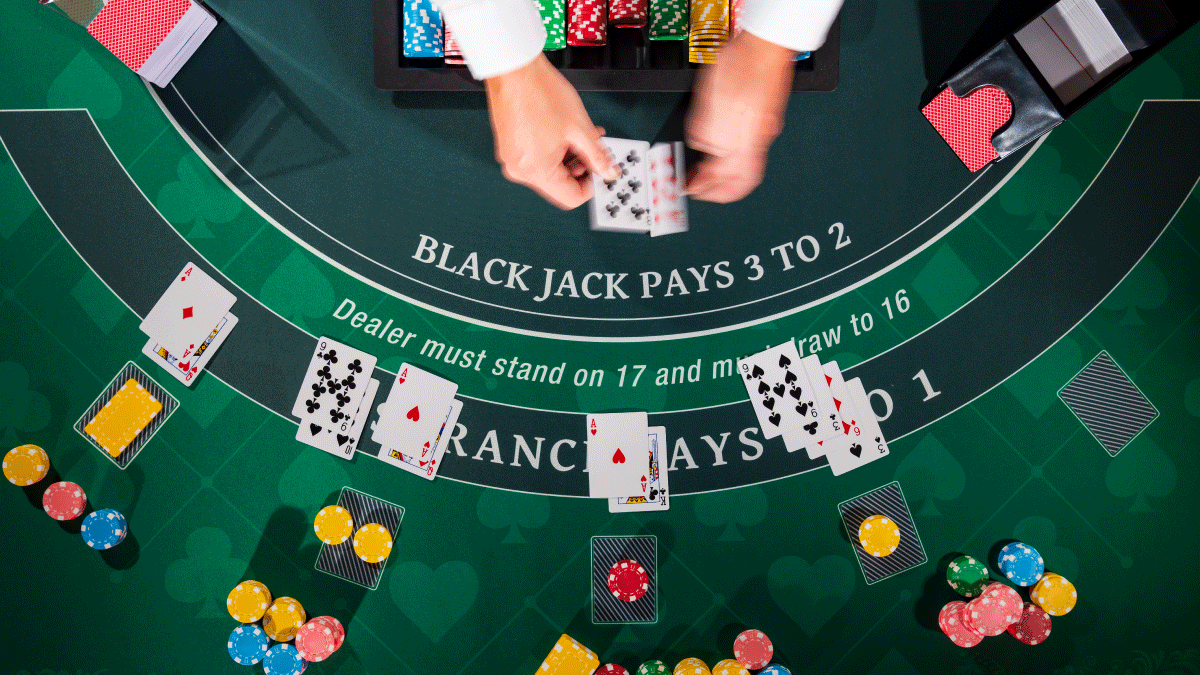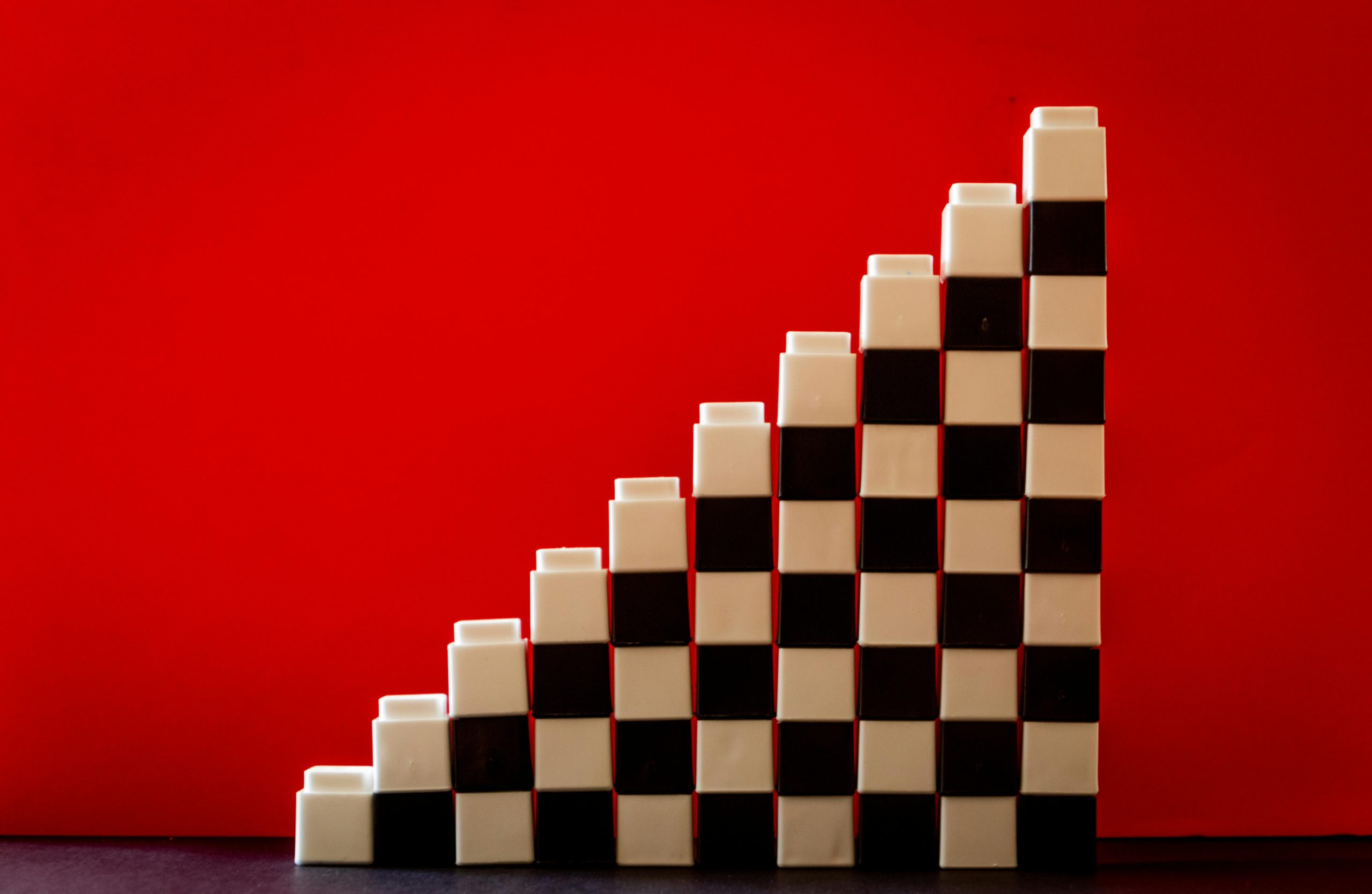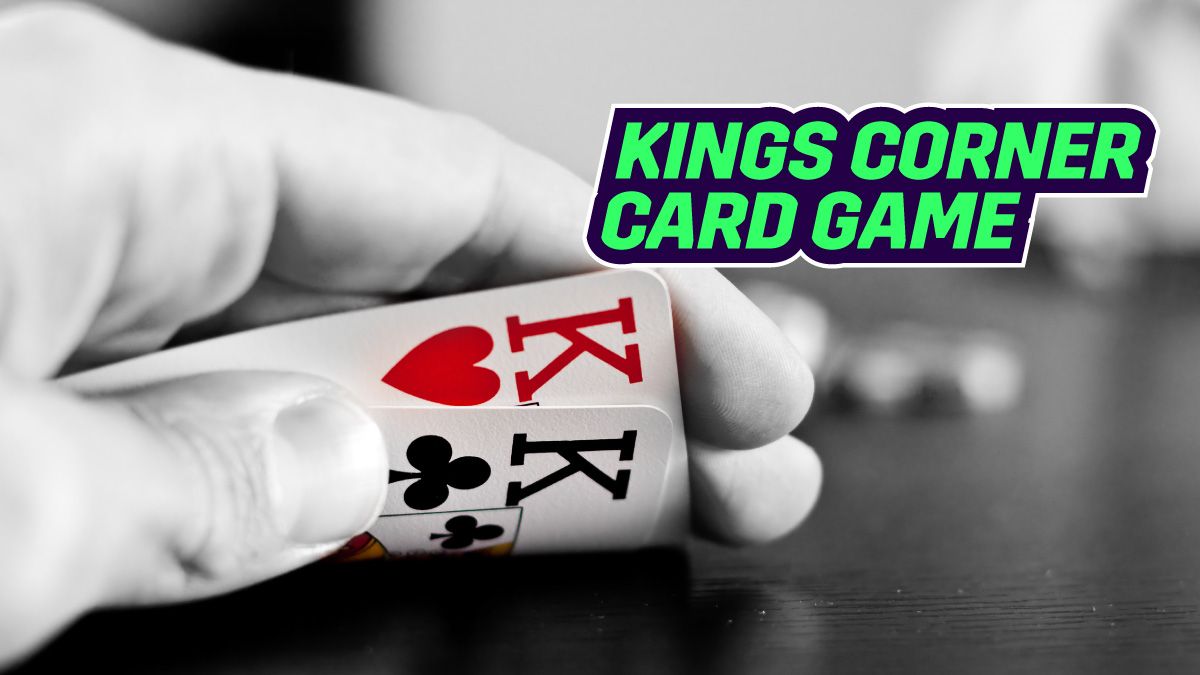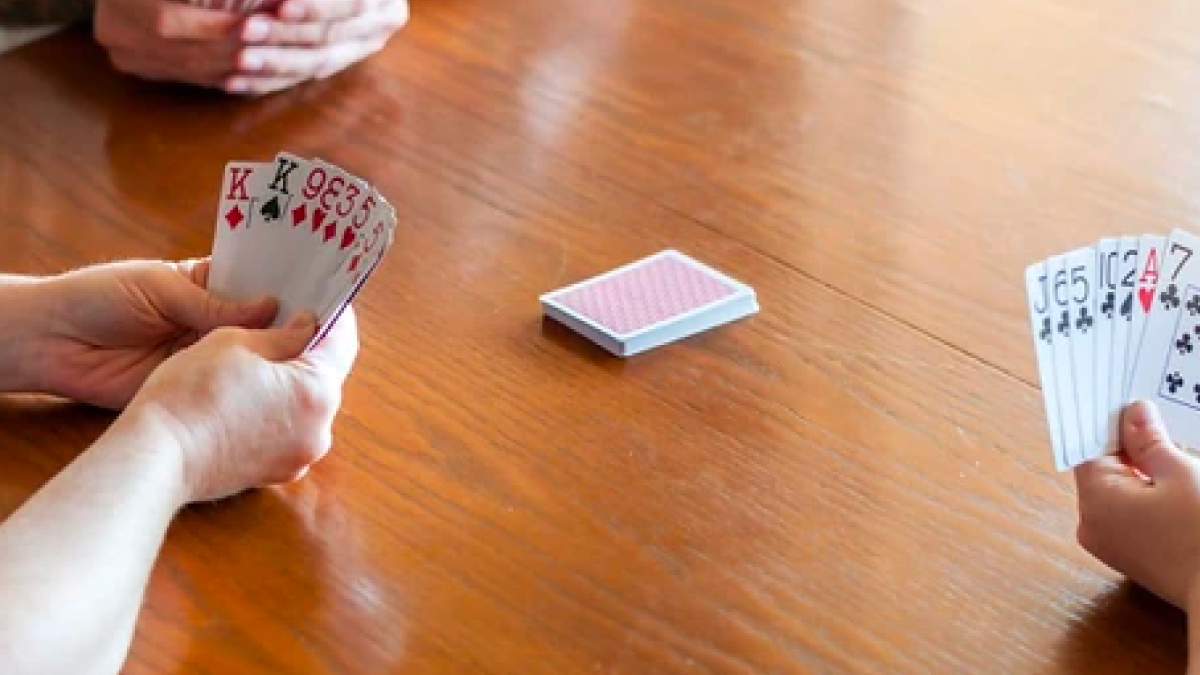Table of Contents
ToggleBlackjack, also known as 21, is a classic casino game that’s both exciting and requires some strategy. The main goal is simple: You try to get your cards to total 21 or as close as possible without going over.
The rules are the same whether you are playing at home or in a casino. In a casino, the dealer stands at the blackjack table, shuffling and dealing the cards and handling the bets. The players sit around the table. At home, when playing with friends or family, everyone gets a turn to be the dealer. Today, you can also play this game on a variety of online platforms.
But how to play blackjack? What are the important blackjack game rules? Don’t worry—we have everything you need to know!
What are the Basic Blackjack Game Rules?
The blackjack rules may vary slightly from casino to casino; however, most rules are similar across online blackjack games and casinos. You must learn the basic rules below before starting the blackjack game:
- The goal is to beat the dealer’s hand total without exceeding the value of 21.
- Aces are worth 1 or 11, face cards are worth 10, and other cards are worth their face value. For instance, 3 is worth 3, 6 is worth 6, and 9 is worth 9.
- Each player gets two cards; the dealer’s second card is not revealed until the end.
- If a player’s hand total goes over 21, they bust, and the dealer wins regardless of their hand.
- An ace and a 10-worth card form a natural blackjack, which beats all other hands except another natural blackjack.
- Depending on the casino, a player usually wins 1.5 times his bet in blackjack.
- Players cannot play on two aces once they have been split.
- Splitting cards also doubles the wager as a new hand is formed, which must be the same as the original wager.
Also Read: How to Count Cards in Blackjack & Secure a Win
How to Play Blackjack for Beginners?
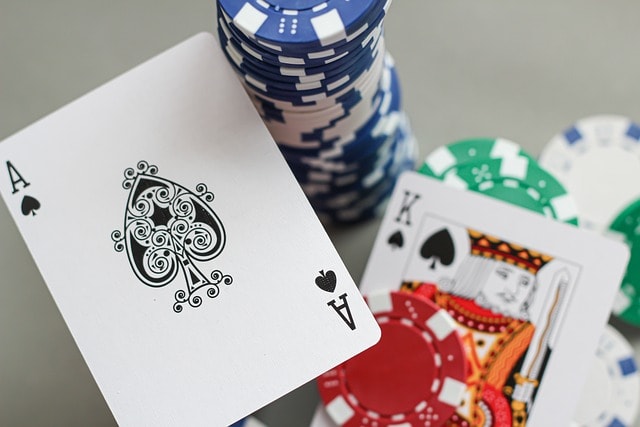
How do you play blackjack? Now, let’s take a look at a comprehensive guide to help you ace the game.
Number of Players
In Blackjack, a casino table usually seats up to seven players plus the dealer. At home, you can have any number of players, usually between 5-7, for a smooth game. You can play solo against the dealer or with other virtual players online.
The Objective of Blackjack
Your goal in Blackjack is simple. All you have to do is outplay the dealer.
How do you do that? Apart from comprehending all the blackjack rules, keep these three simple pointers in mind, which can be chalked as the game’s objective.
- The first blackjack rule is to get a hand value higher than the dealer’s without going over 21.
- If the dealer exceeds 21, you win.
- Try to draw a perfect 21 on your first two cards when the dealer doesn’t.
As per the blackjack rule, you lose if:
- Your hand value goes over 21.
- The dealer’s hand value is higher than yours at the end of the round.
Remember, Blackjack isn’t about competing with other players at the table. It’s just you versus the dealer, so focus on your own hand and understanding all the rules of blackjack card game.
The Pack
Usually, only one standard deck of 52 cards is used in a blackjack game, but most casinos use more than one standard deck in the games. For instance, the blackjack games with 6-decks are the most popular ones. Furthermore, the dealer in casinos also uses a plastic card, which is not dealt but placed underneath the pack and works as a reminder to reshuffle the cards. Also, when a dealer uses four or more packs, the decks are dealt from a shoe, a box from where the dealer deals one card at a time, face down.
Cards Values
- When playing blackjack, you must remember each card’s value to count cards properly.
- Cards numbered 2 to 10 have values equal to their face value.
- The face cards, King, Queen, and Jack, have values equal to 10
- Ace is either valued at 1 or 11, depending on the hand total.
- A hand with an ace valued at 11 is known as a soft hand, and the rest of the hands are called hard hands.
- As per the blackjack rule, a natural blackjack, which is a starting hand of an ace and a card valued at 10, beats all other hands, excluding another blackjack.
- If both the dealer and the player have a blackjack, the result is a tie (push). Both the player and the house don’t win in a tie, and the bet is returned to the player as per the blackjack game rules.
Table Layout
Blackjack is generally played on a semi-circular table in casinos that can seat a different number of players. Most tables accommodate seven players, but a few even accommodate five or twelve players. The dealer’s place is behind the table, and the players are seated opposite the dealer, facing the dealer and the chip rack.
Also Read: A Quick Guide to the Spades Card Game
The Play
The player buys chips
The first step to playing a blackjack game is buying chips, as most casinos don’t indulge in cash plays. To buy chips from the dealer, the players place the money on the table’s felt, a pit boss verifies the amount, and the dealer counts the chips and pushes them toward the player. The player then uses the chips to place their wager.
The player places a bet
When the round begins, the first step is to place a bet on the felt of the blackjack table with the chips. The table has signs of the betting limits placed on either side. Blackjack tables have minimum and maximum bet limits, which can differ based on the casino or online gaming platforms.
Dealer deals cards
After the players place their bets on the felt of the table, the dealer deals one card each, face-up, in a clockwise direction, to every player seated. Then the dealer deals one card, face-down, for self. The dealer deals the second card, face-up, one at a time, to each player and deals the second card for self, face-up.
The deal leaves each player with two cards each, face-up so that the dealer can count the cards and arrive at the hand total. The dealer has only one card face-up and the other card face-down.
The player plays a hand
As per the blackjack rules, the dealer starts with the player on their left to play their hand. The first player counts the two cards dealt face-up and adds the values to get a hand total. The hand total can be between 4 to 21, depending on the cards. If the player is dealt an Ace and a 10-value card as the first two cards, it is a natural blackjack, and the dealer pays 1.5 times the wager right away. However, if the dealer also gets a blackjack, it’s called a push; the player will not be paid anything, and the bet is returned to the player.
If both the player and the dealer don’t get a blackjack, the dealer waits for the player to decide which hand to play next. The player makes a hand signal to communicate the hand to be played, which can be Split, Surrender, Double Down, Hit, or Stand. Here’s what each hand signal means:
Hit
If the player has a low hand total, the player can ask to be dealt more cards to improve the hand total. The player chooses the hit hand signal, and the dealer deals more cards, one at a time, until the player decides to stand or goes bust (hand total exceeds 21). The player taps the felt with a finger to signify the hit hand signal.
Stand
If the player is satisfied with the hand total of the first two cards and doesn’t want another card, they can choose to stand, and the dealer moves on to the next player. You can wave your hand or place an open palm on the felt to signify the stand hand signal.
Split
If the player is dealt two cards which is a pair (cards of the same value), they can choose to put a second wager and split the two cards. Upon splitting the pair, each card becomes the first card of a new hand. A player can split even face cards even if they may not be a pair, such as King, Queen, and Jack, as they have the same value. To signify the split hand signal, the player puts a second bet equal to the original bet and makes a peace sign with the finger to split the cards. The dealer splits the two cards into two hands and deals the second card for each hand.
Surrender
If the player doesn’t like the two cards dealt, they can choose to surrender (give up) the cards in exchange for half of their initial wager. To signify the surrender hand signal, the player draws a horizontal line on the felt behind their bet and says the word surrender verbally so that the dealer doesn’t mistake the signal for a hit. The dealer then returns half of the wager back to the player.
Double Down
If a player feels that their hand total is advantageous and just one additional card can make it better, they can double their initial bet, and the dealer deals one more card. To signify a double down hand, the player puts forward their wager on the left of the original wager, and the dealer gives one card turned sideways, which indicates that the player cannot take any more cards.
Some casinos allow players to double down for less than the original bet. However, whenever a player chooses to double down, it’s wiser to double for the full amount.
Also Read: Difference Between Spanish 21 vs Blackjack
Dealer’s hand
The players play their hand solely based on the dealer’s face-up card. After the players have played their hands, the dealer turns his second card, which is the dealer’s face-down card, to see the hand total. This is when the players and the dealer get to know who won the bet.
Payouts
Once you, the other players, and the dealer are done playing the hands, two situations may occur:
The dealer has a blackjack – If the dealer has a blackjack and you are still in play, the higher hand total wins. If the dealer has a higher hand total, you lose your bet. If your hand total is higher than the dealer’s, the dealer pays 1x of your wager to you. If you and the dealer have the exact hand total, it is a tie or a push. In the case of a tie, the dealer pays nothing, and your bet is returned to you.
The dealer busts – If the dealer busts (makes a hand total over 21), the dealer pays (1 times the wager) to each hand still in play on the table.
Reshuffling
Once each player’s bets are settled, the dealer collects all the cards and places them at the side. The dealer deals with the shoe until he reaches the plastic card inserted in the deck, indicating the time to reshuffle. After the round is over, the dealer shuffles the cards and places them in the shoe to continue the game. This is how to play blackjack!
Special Situations
In some cases, the rules of the blackjack card game can differ. Here are a few special situations.
Insurance/Even Money
In Blackjack, you can place a side bet called insurance when the dealer shows an Ace. You are betting the dealer has a Blackjack. If they do, you win 2 to 1 on your insurance bet. However, basic strategy players should avoid this bet since it’s not in their favor.
Non-Insurable Dealer Blackjack
If the dealer shows an Ace, they will check their hidden card. If it’s a ten, the dealer has a Blackjack. Players with Blackjack will push, and all other bets are lost. Insurance is only offered if the dealer’s up-card is an Ace.
Dead Hand
If all players bust, which is to go over 21, before the dealer plays their hand, it’s a dead hand. The dealer will reveal their hole card but won’t play the hand, as they have already won. The dealer then collects the cards and continues the game.
Side Bets
Side bets are additional wagers that you can make alongside your main bet, like betting on whether your first two cards will be a pair or if the dealer will bust. However, these bets generally give the casino an advantage, so it’s best to avoid them.
Basic Strategy For Blackjack
Now that you know how to play blackjack, let’s understand the basic blackjack strategies.
Each player requires a blackjack basic strategy and winning tactics based on the dealer’s upcard to succeed in a blackjack game. Your winning strategy must be based on the dealer’s face-up card. You must implement a basic strategy to play your hand optimally in several circumstances.
Dealer’s upcard is poor
When the dealer has a poor upcard, which may be a 4, 5, or 6, you should not draw any more cards as soon as you have a hand total of 12 or higher. Otherwise, you may go bust. The strategy here is that you can expect the dealer to hit and cross 21 without taking more cards.
Dealer’s upcard is good
When the dealer has a good upcard, probably an ace, 7, 8, 9, or a ten-value card, you should continue to hit until your hand total is 17 or more.
The dealer’s upcard is fair
When the dealer has a fair hand, with a 2 or 3 card, you should stop at a hand total of 13 or higher.
Soft hand strategy
When you have a soft hand, the basic strategy is to hit until you have a hand total of at least 18. For instance, you should keep hitting if you even have an ace and a six, which makes a hand total of 17.
Doubling down strategy
Your basic doubling-down strategy should be as follows: If you have a hand total of 11, you can consider doubling down. You can also consider doubling down with a ten-value card or a hand total of 10 unless the dealer shows an ace or a ten-card. With a hand total of 9, you should consider doubling down only when the dealer has a poor or fair hand (cards between 2 and 6).
Splitting strategy
Your splitting strategy should be as follows: you must always split if you get a pair of aces or 8s. If you get a pair of 10s or 5s, you should not split because you can use the hand total of 10 more effectively by doubling down. You should not even split a pair of 4s, as the hand total of 8 is a good number to hit. Unless the dealer’s card is poor, you should not even consider splitting 6s. If you have 2, 3, or 7, you can consider splitting unless the dealer has an ace, 8, 9, or a ten-card.
Also Read: Playing Old Maid Card Game – Rules, Strategy, Tips
Variations Of Blackjack
Now, let’s take a look at a few popular blackjack game variations.
Spanish 21
In this game, you use a deck with no 10s, only 48 cards. It offers player-friendly rules, like allowing late surrender and doubling down after splitting.
Players can also double after splitting and re-split Aces. Also, bonuses are given for achieving a 21 with five or more cards or hitting specific combinations like a 6-7-8 or 7-7-7. Despite these advantages, the absence of 10s makes achieving natural 21s more challenging. The dealer must hit on a soft 17, which offers an extra twist to the game. This is how to play blackjack Spanish 21.
Pontoon
Pontoon is a British variation of Blackjack with different rules and terminology. The game uses the same 52-card deck, but both dealer cards are dealt face-down. The goal is to form a Pontoon (an Ace and a 10-point card) or get as close to 21 as possible without exceeding it.
Players use terms like twist for hit and stick stand. A key difference is the five-card trick, where a five-card hand totaling 21 or less beats all other hands except a Pontoon. Players can double down at any time and split multiple times, but the dealer wins ties.
Blackjack Switch
Blackjack Switch is a unique variation where players are dealt two hands and can switch the second cards between them to create stronger hands. The game uses standard Blackjack rules but with a twist.
Players can double down and split hands as usual. The dealer must hit on a soft 17, and there is an option to place a side bet on a Super Match, which pays out for specific card combinations. Switching cards adds a strategic layer and allows players to optimize their hands and improve their chances of winning.
Conclusion
This guide is enough to teach you all the blackjack game’s essential aspects as well as blackjack game rules and start playing with effective strategies. The game also features special conditions such as an insurance bet, dead hand, side bets, and non-insurable dealer blackjack, where the game deviates from the above rules. However, most blackjack games are played as per the rules mentioned above. With this guide backing you up, you can now confidently try your hand at the blackjack game.
Would you like to know when to double down in blackjack?
FAQs
What are insurance bets?
An insurance bet in Blackjack is a side bet offered when the dealer’s face-up card is an Ace. Players can place an insurance bet, up to half of their original wager, that the dealer’s hole card is a 10-point card, forming a Blackjack. If correct, the insurance bet pays 2:1.
Do you use casino chips in blackjack?
Yes, casino chips are commonly used in Blackjack. Players use chips to place their bets, and they are also used to track winnings and losses. Chips come in different denominations and make transactions and gameplay smoother at the casino table.
What are blackjack side bets?
Blackjack side bets are additional wagers players can place alongside their main bet. These bets offer the chance to win extra payouts based on specific hand combinations or outcomes, such as perfect pairs, when the player’s first two cards are a pair.
Is blackjack a single-deck game?
Blackjack is not limited to a single-deck game; it can be played with one or multiple decks. However, you use a standard deck of cards for blackjack.
What is an original bet?
The original bet in Blackjack refers to the initial wager placed by the player before any cards are dealt. This bet sets the amount of money the player risks in the game and serves as the basis for subsequent bets, such as doubling down or splitting.

